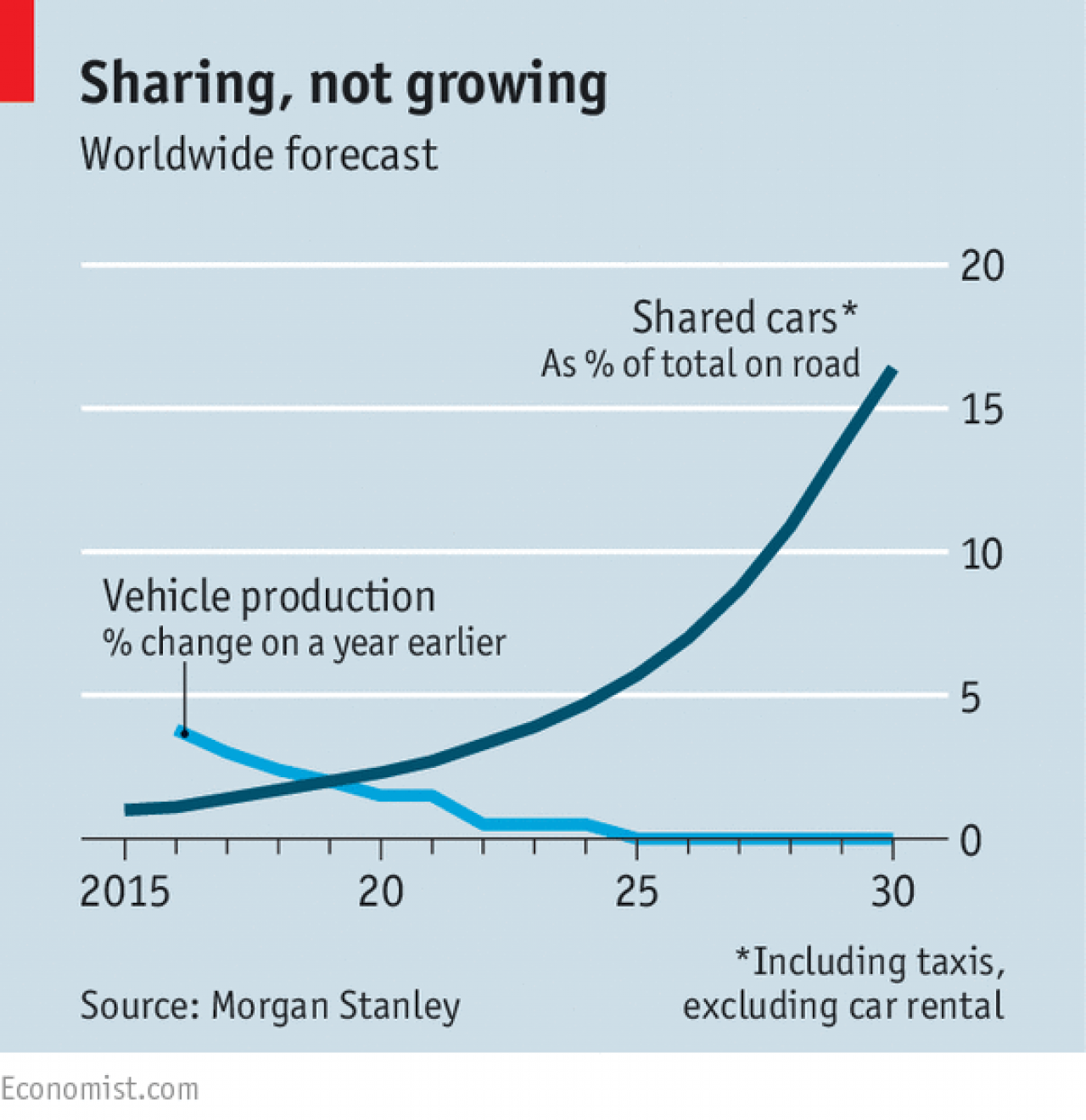Because it is not going to last, via ARS:
Driverless cars are here.
Waymo, the Alphabet self-driving car company, now has cars driving on public roads in the Phoenix metropolitan area with no one in the driver’s seat. Waymo CEO John Krafcik plans to announce the news today in a speech at the Web Summit in Lisbon, Portugal.
For the last year, Waymo has offered free taxi rides to ordinary people who live near the Phoenix suburb of Chandler. Until recently, the company’s modified Chrysler Pacifica minivans had a Waymo employee in the driver’s seat ready to take control if the car malfunctioned.
Waymo is now confident enough in its technology to dispense with a safety driver. The company has released a video showing Waymo cars driving around the Phoenix area with no one in the driver’s seat:
At first, most of Waymo’s driverless cars will have an employee in the back observing the vehicle’s behavior. If something goes really wrong, they’ll be able to push the “pull over” button to stop the car. In the coming months, participants in Waymo’s early rider program will start getting the option to ride in fully driverless vehicles.
Some time after that, Waymo will launch a commercial driverless taxi service that’s open to members of the general public in the Phoenix metropolitan area and beyond.
Industry watchers have long assumed that a Phoenix taxi service would be Waymo’s first product. But as recently as last week, Waymo was still playing coy about the question, suggesting that it might get into the trucking business instead. Now, Waymo is officially announcing that its first commercial product will be a driverless taxi service.
There’s a dichotomy in the industry when it comes to autonomous cars. On the one hand, you have companies like Tesla and Volvo that want to sell you a car that drives you around. Others, including Waymo, want to operate fleets of robotaxis themselves. Some car companies, including GM, BMW, and Volkswagen, are pursuing both strategies simultaneously.
Companies selling cars to customers envision a future where today’s driver-assistance systems—like lane-keeping and adaptive cruise control—gradually evolve into more sophisticated self-driving software, with human drivers intervening less and less frequently over time.
Google initially considered this same gradualist approach, which could have led to licensing partially self-driving technology to automakers. But early tests convinced the company that it was a bad idea. Google employees who got to test early prototypes started trusting the technology way too quickly. Google captured videos of test drivers looking at their smartphones, putting on makeup, and even napping in the driver’s seat while cars zoomed down the freeway.
So Google changed its strategy. The company decided that instead of selling cars, it would build a taxi service built around cars designed from the ground up for driverless operation. Customers would never be required—or even allowed—to take the wheel.
This strategy allows Google—now Waymo—to pursue a different kind of gradualism. In the old model, cars could go anywhere, but at first the software would only drive some of the time. In the new model, the software drives all the time, but at first the cars can only go certain places.
Specifically, Waymo’s fully driverless cars will initially only navigate in a small portion of the Phoenix metropolitan area around the southeastern suburb of Chandler. Within this zone, the cars are able to go anywhere a conventional taxi can go. But the cars will refuse any trip that would take them outside of this carefully chosen area.
To aid with navigation, Waymo has built high-resolution three-dimensional maps of its service area. Self-driving software in each car can compare the objects identified by sensors to objects on the map, allowing it to quickly distinguish stationary objects like trees and buildings from mobile objects like cars and pedestrians.
As Waymo expands its map and acquires more vehicles, it will also expand its service area. Before too long, Waymo expects to offer service across the entire Phoenix metropolitan area. Eventually, Waymo will extend service to other metropolitan areas using the same incremental approach.
Uber is Google. Waymo is Google. Uber is Waymo. And the economics of driverless taxis is out of this world:


